Birds are nature’s travellers, gracing every corner of the globe with their beauty and song. From vibrant parrots in tropical jungles to majestic eagles soaring over rugged landscapes, each bird tells a story of its habitat and survival. This section is dedicated to the incredible diversity of birdlife I’ve had the privilege to photograph during my travels. I would say they are the most difficult to photograph to do them justice. I try to capture their unique behaviours, vivid plumage, and the environments they inhabit showcasing their diversity.
Fact: Bird populations are plummeting due to deforestation, climate change, pollution, and human expansion. Over 48% of bird species worldwide are in decline, with 1 in 8 at risk of extinction.
Habitat Loss – Forest clearance, agriculture, and urban expansion are destroying nesting sites and migration routes.
Climate Change – Rising temperatures disrupt breeding seasons, food availability, and migration patterns, with many species unable to adapt fast enough.
Pollution & Plastics – Over 1 million seabirds die yearly from ingesting plastic, while pesticides and oil spills poison food sources.
Hunting & Illegal Trade – Millions of birds are trapped or killed for the pet trade, bushmeat, or sport.
Without urgent conservation, many bird species—critical for pest control, pollination, and ecosystem balance—could vanish forever.
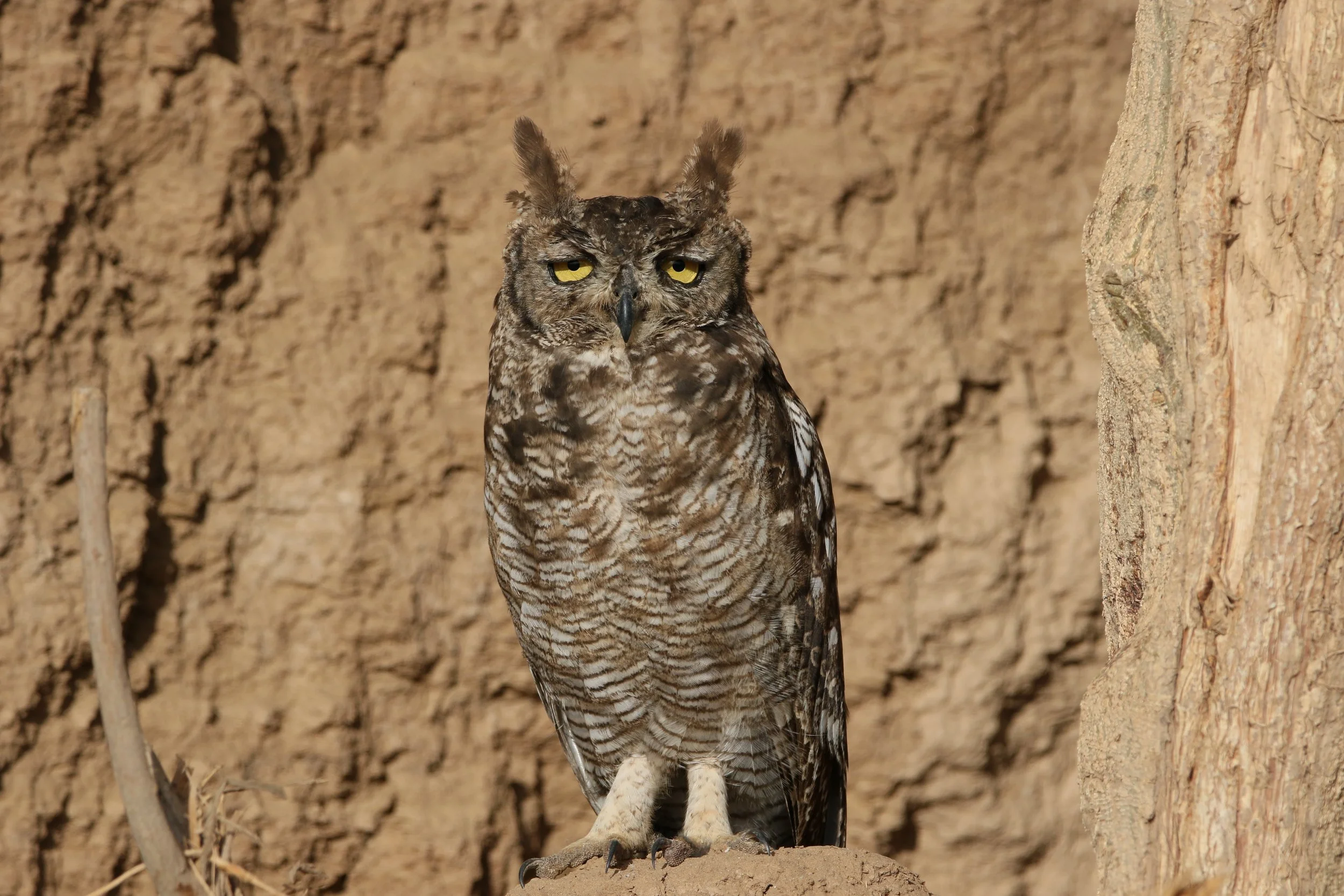
Cape Eagle Owl. Largest and most powerful talons among African owls, enabling it to take down surprisingly large prey — including hares, guinea fowl, and even other birds of prey like kestrels and owlets

Brown-hooded Kingfisher

Dark Chanting Goshawk

Northern Carmine Bee-eater

Red-footed Falcon

Crowned Hornbill and Africa Grey Hornbill

Pied Kingfishers. The bird on the right appears to have double black breast bands, which is typical of a male. The bird on the left seems to have only one band or a fainter lower one, which would make it the female.

African Long-tailed Shrikes.
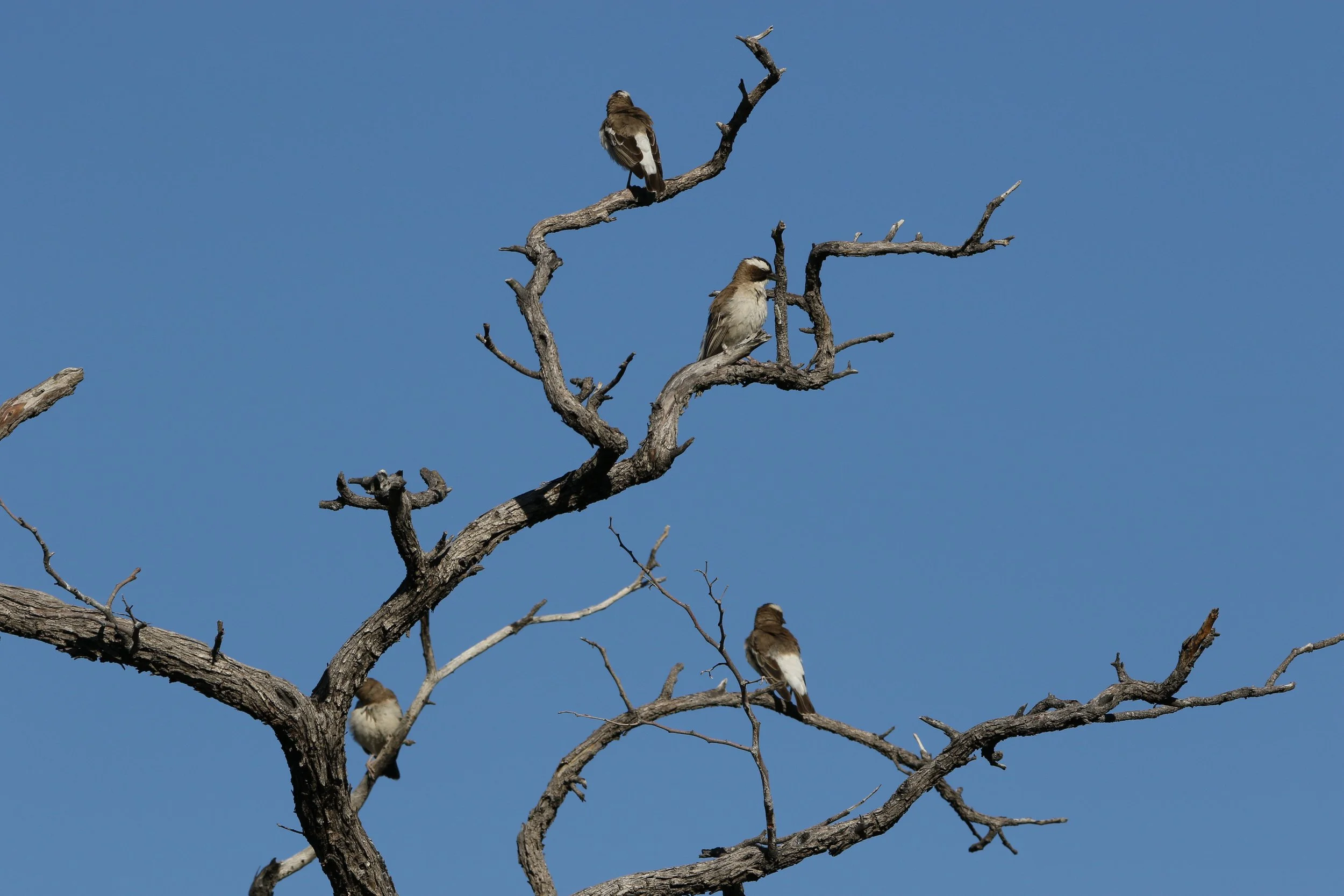
White-crested Helmetshrikes, commonly found in sub-Saharan Africa

Two Pied Kingfishers perch in perfect harmony, their calls echoing through the early morning light.
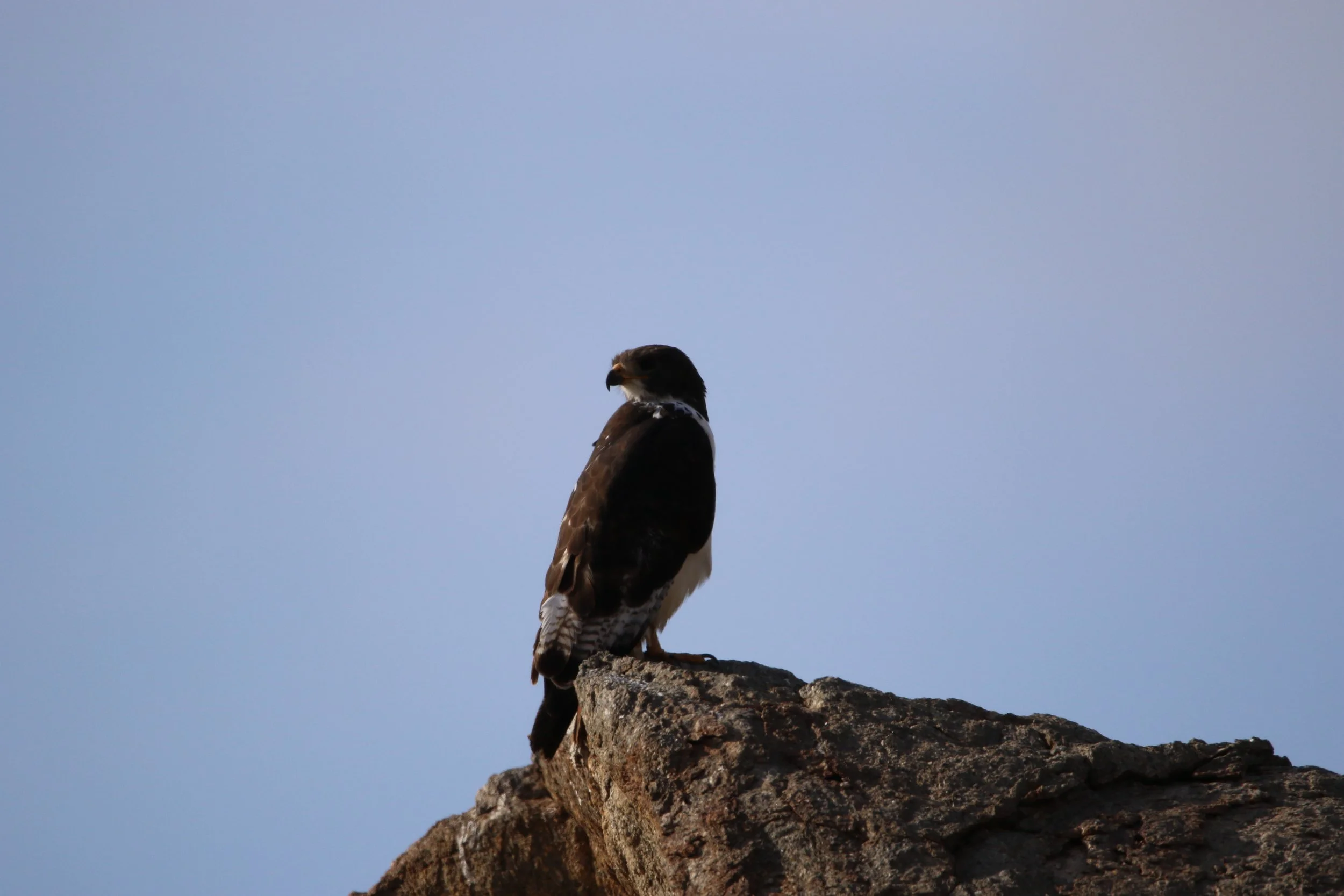
Sentinel of the cliffs — the Jackal Buzzard stands watch
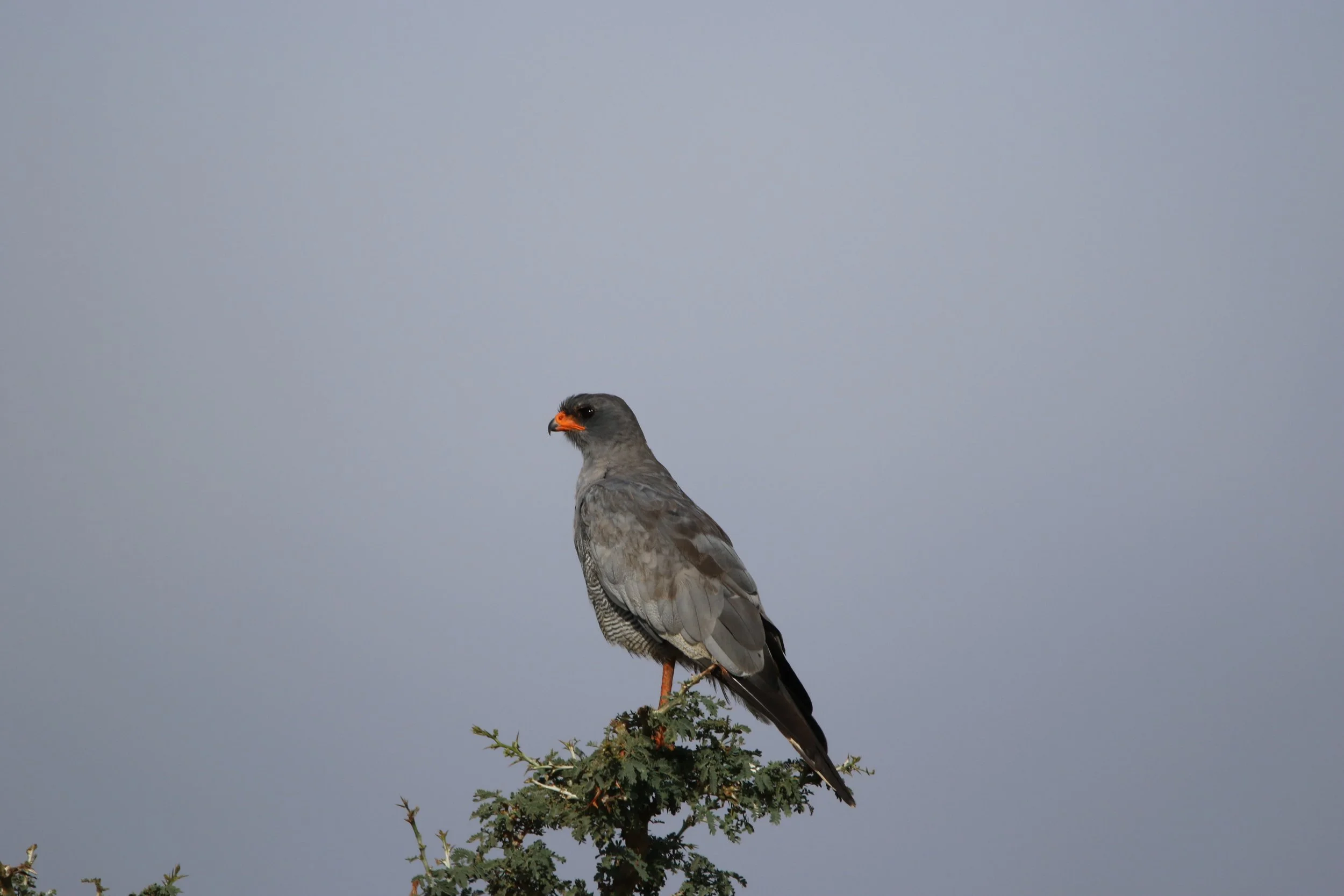
Pale Chanting Goshawk. They are often found in arid and semi-arid habitats, like the Kalahari and Namibian regions

White-fronted Bee-eater. They are social birds, often nesting in colonies in riverbanks
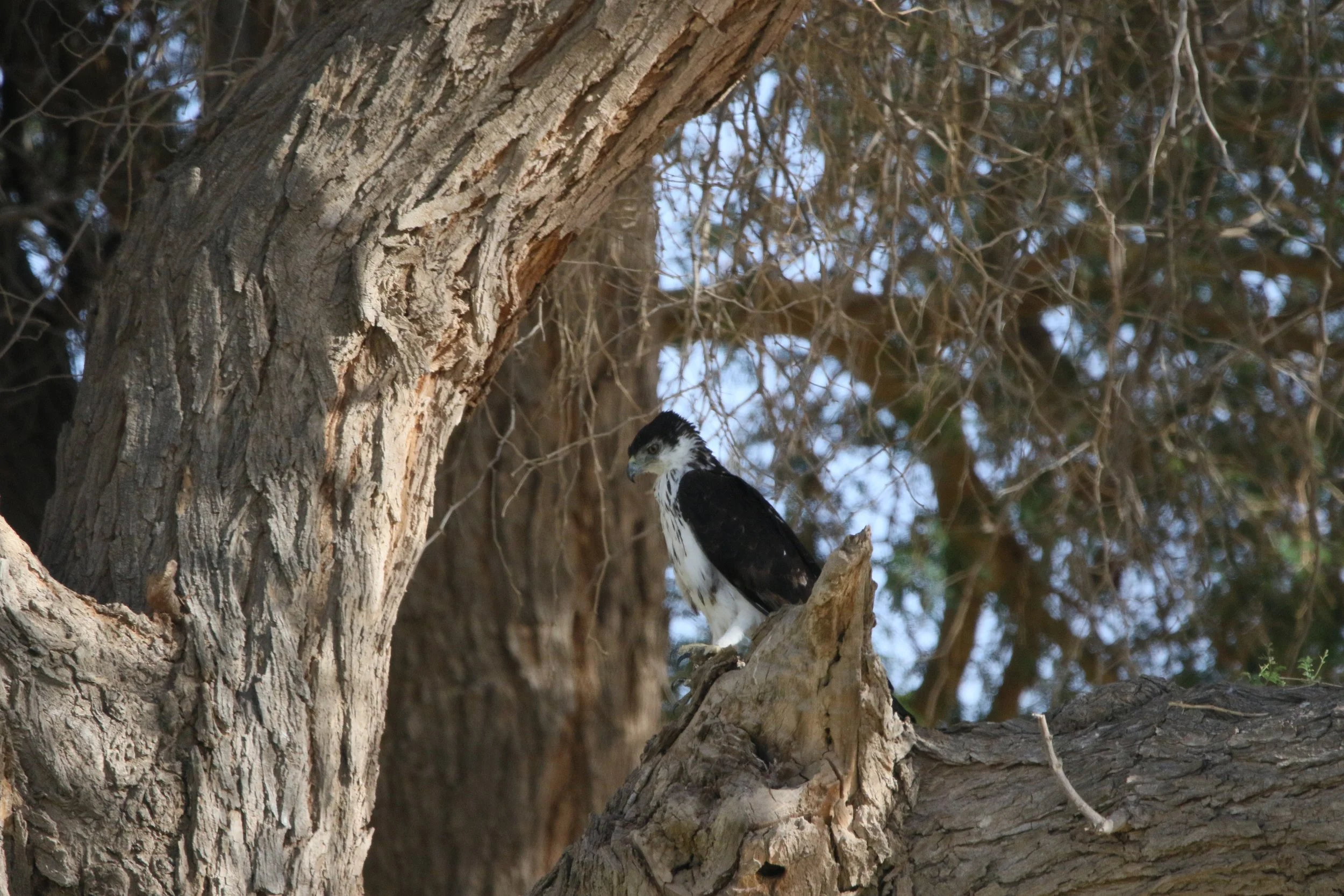
Juvenile Martial Eagle, Africa’s largest eagle and a formidable bird of prey.
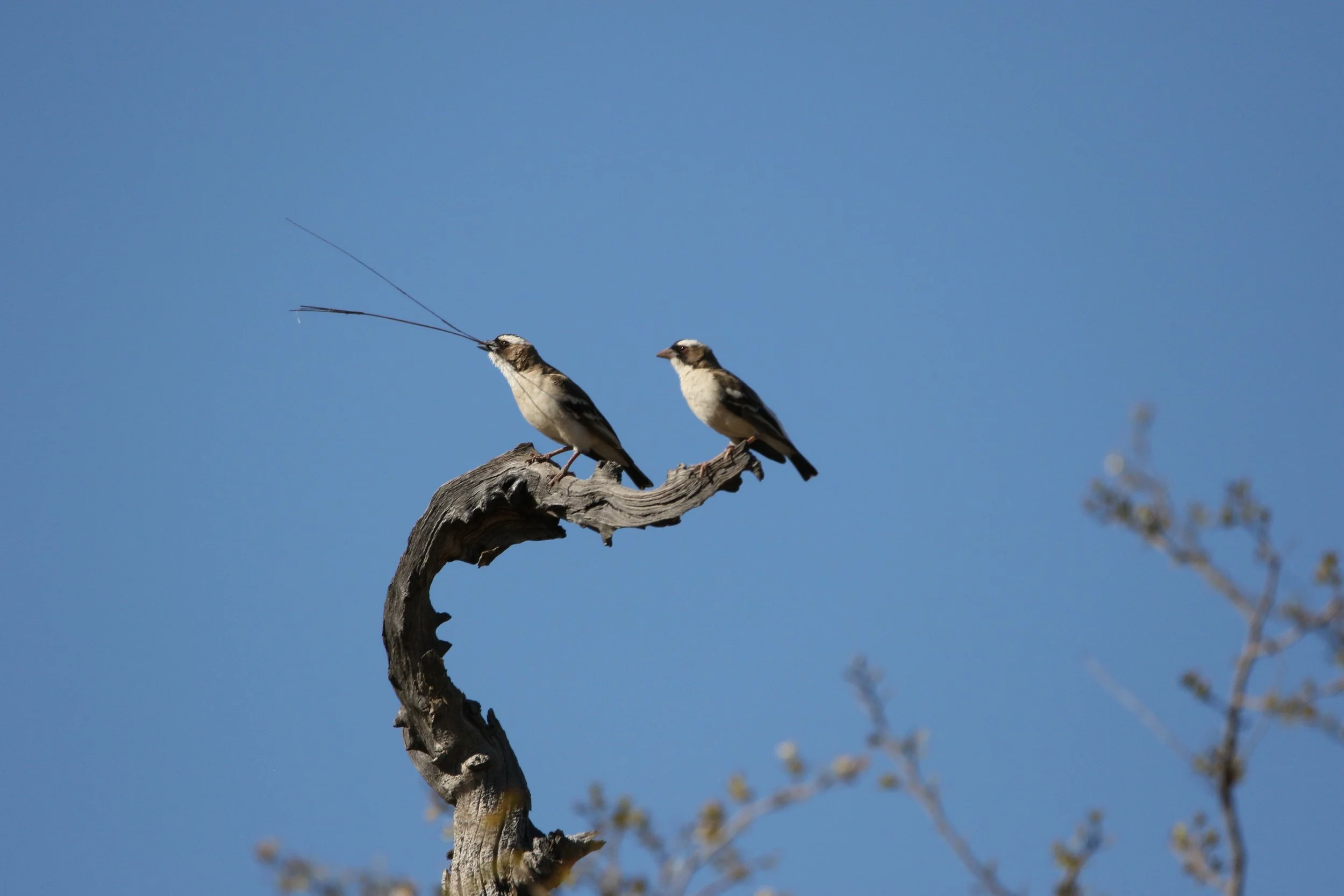
Pin-tailed Whydahs. Right is female and left male.

Long-billed Pipit, a subtle but elegant songbird found in open woodlands and dry grasslands across Africa.

Juvenile Woodland Kingfisher,
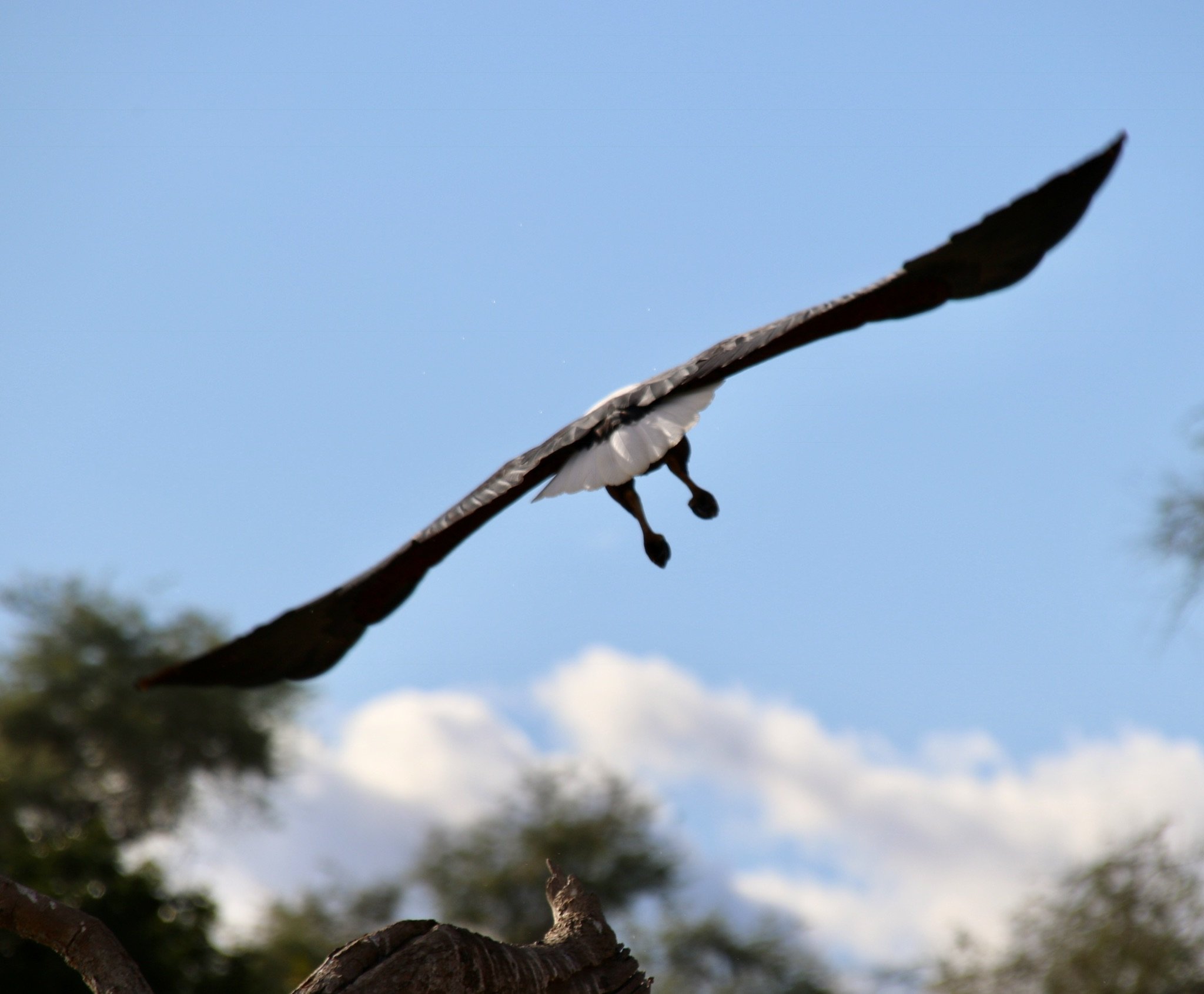
Saddle-billed Stork
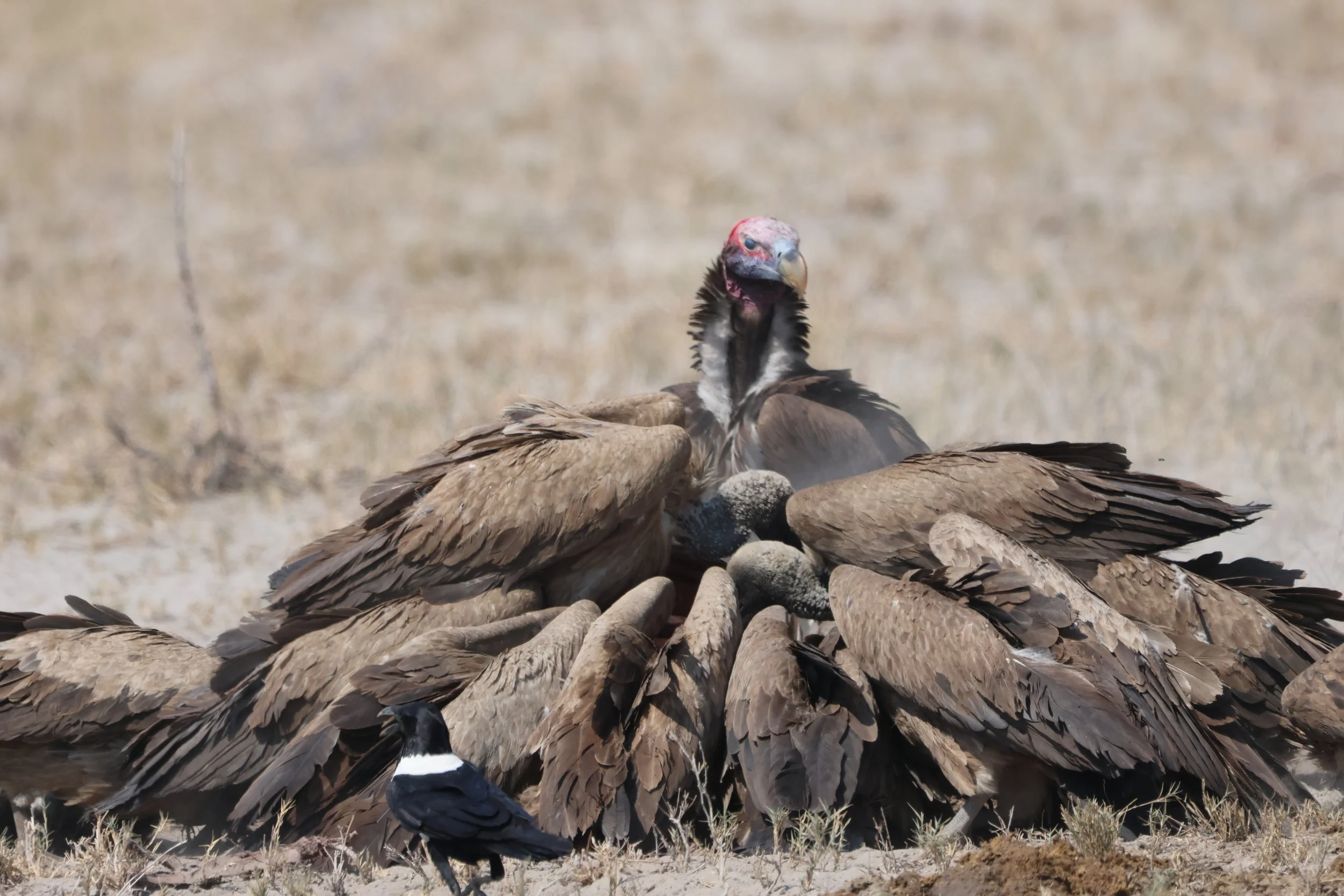
Lappet-faced Vulture, the one with the bald pinkish head, prominent hooked beak, and dark plumage, standing tall at the centre. This is the dominant bird at most kills. White-backed Vultures, the rest of the group huddled over the carcass
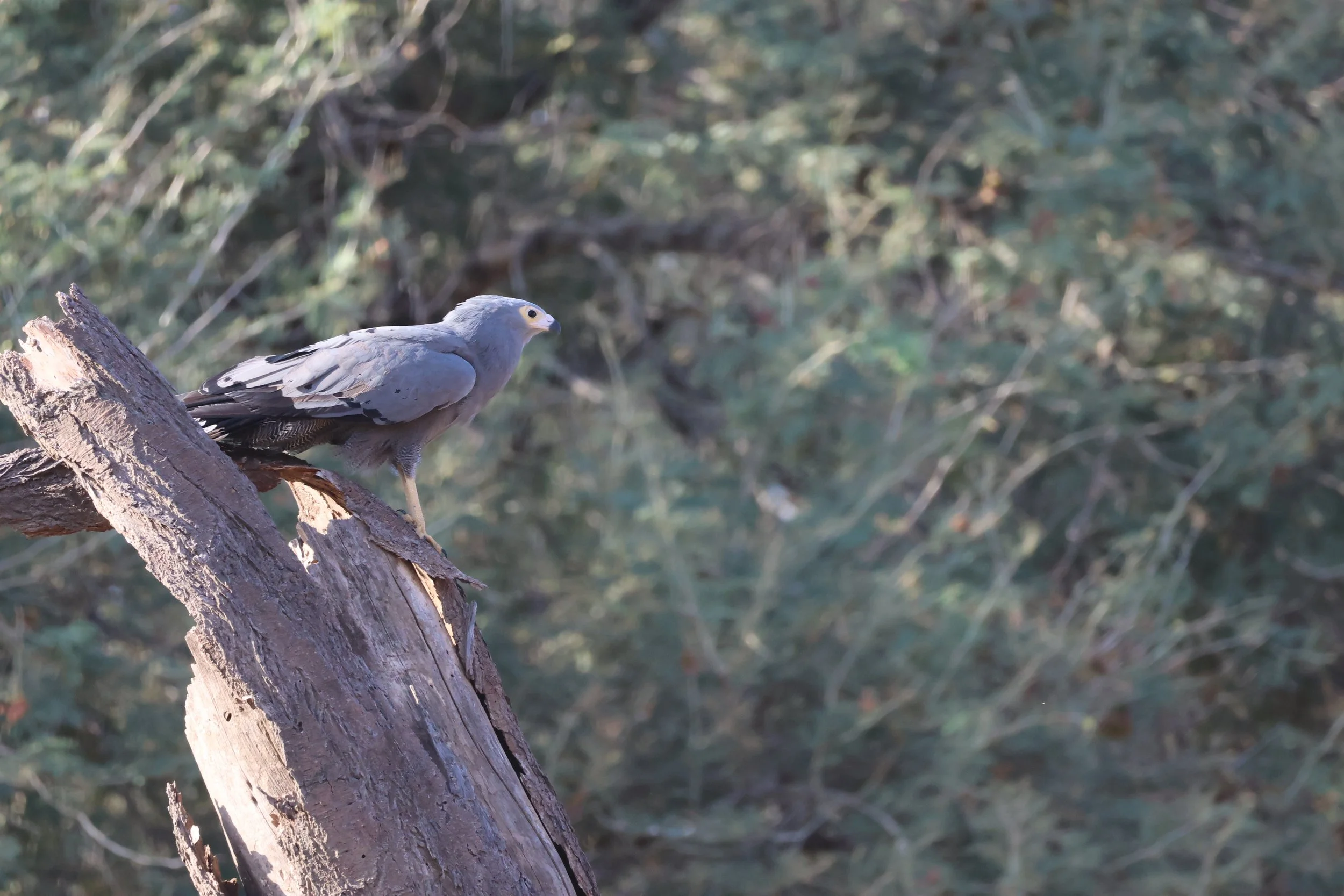
Dark Chanting Goshawk. Their name comes from their eerie, flute-like “chanting” calls, which they deliver from treetops, especially in the early morning.
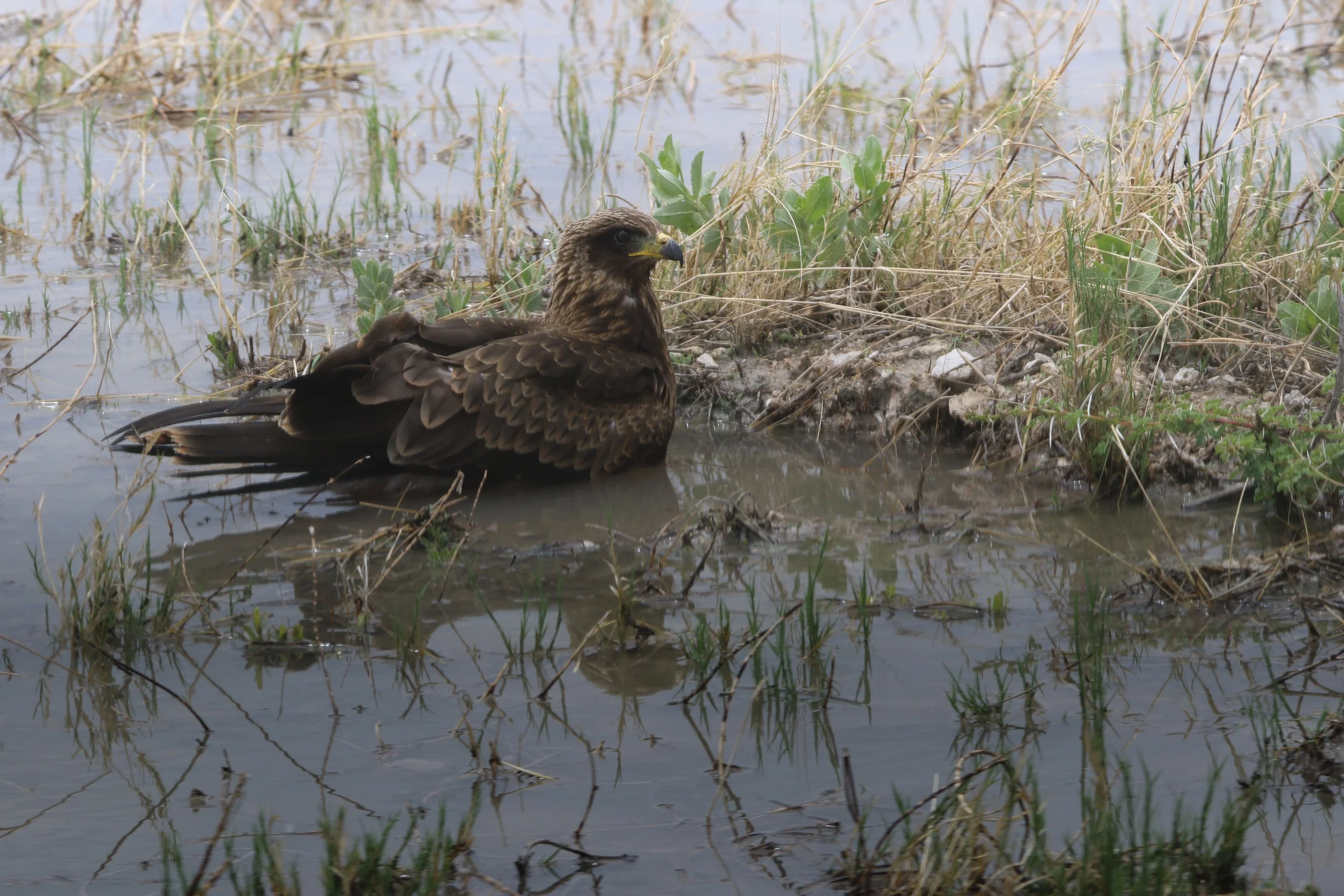
Yellow-billed Kite cooling off, one of the only birds of prey known to catch insects on the wing as skilfully as swallows or bee-eaters.

Martial Eagle, Africa’s largest eagle and one of its most powerful birds of prey.

Southern Masked Weaver. Only the male builds the nest, often constructing several to impress potential mates. If the female doesn’t approve the workmanship? She simply flies off.

Marabou Storks are often called the "undertakers of the savannah" due to their hunched posture, bald heads, and their role as scavengers, cleaning up carrion just like vultures.
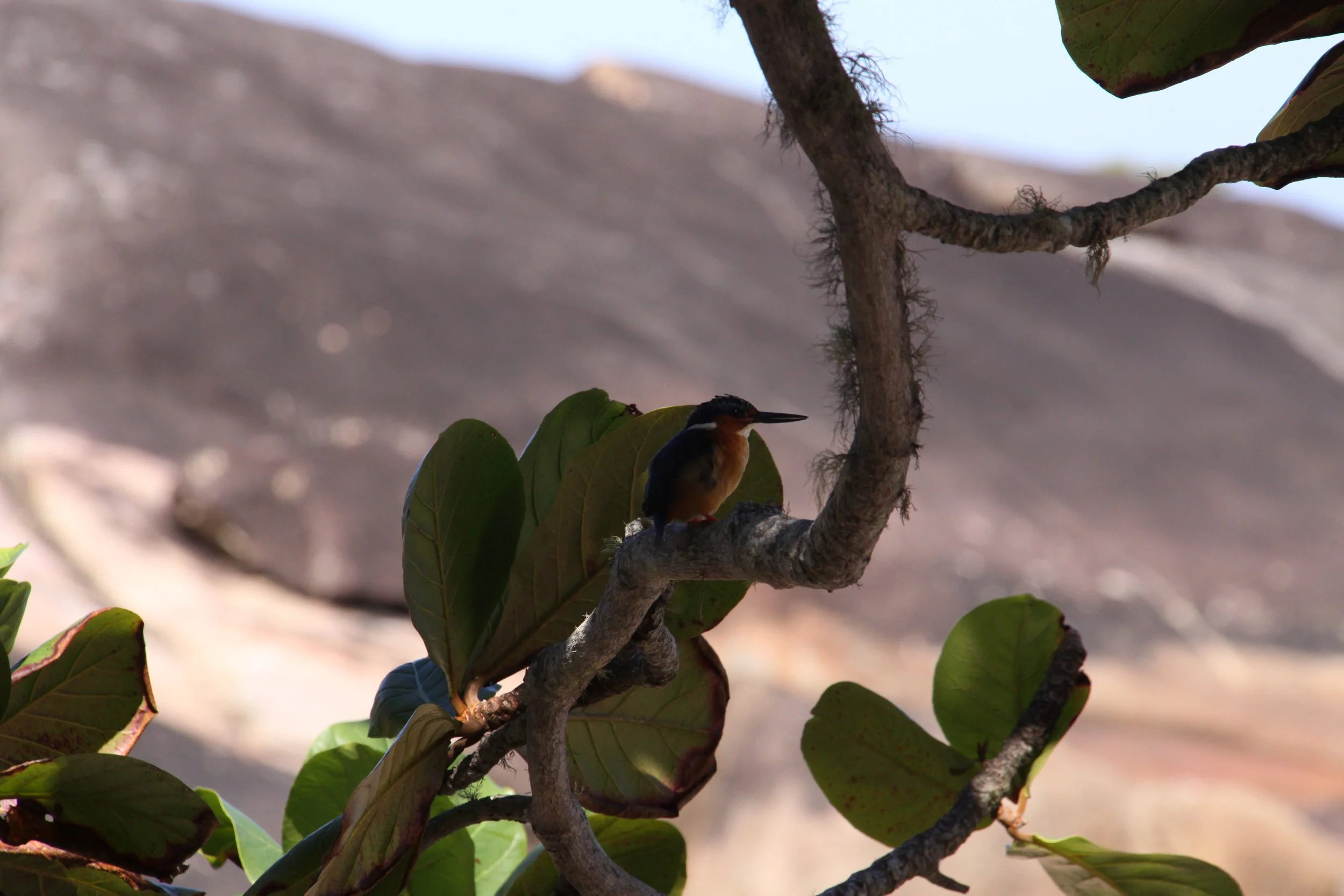
Malachite Kingfisher. The Malachite Kingfisher is so small and light that it can perch on floating reeds or even a single grass stem without bending it.
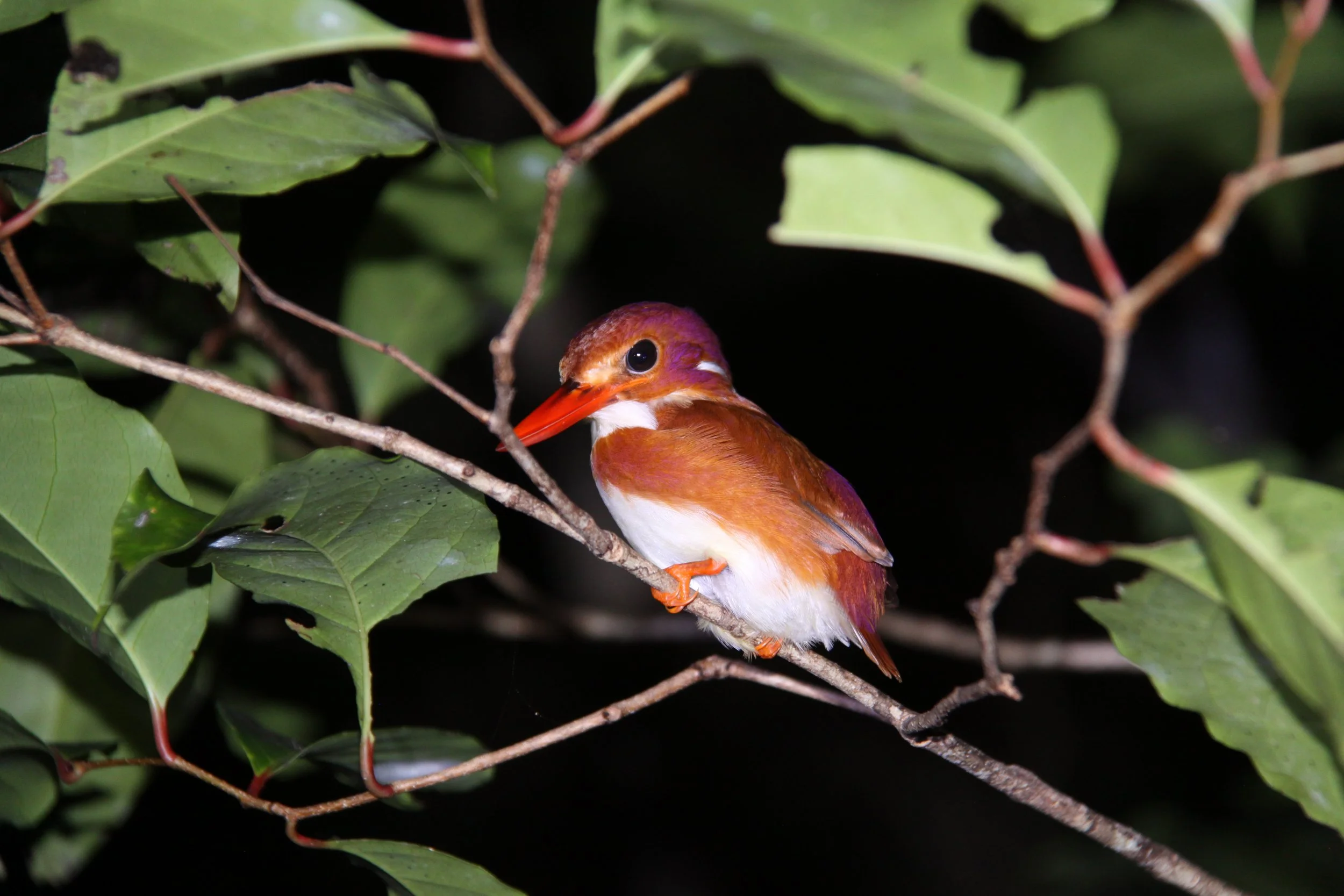
Oriental Dwarf Kingfisher. Unlike most kingfishers, the Madagascar Pygmy Kingfisher doesn’t rely heavily on fish. Instead, it hunts insects, spiders, and small reptiles.
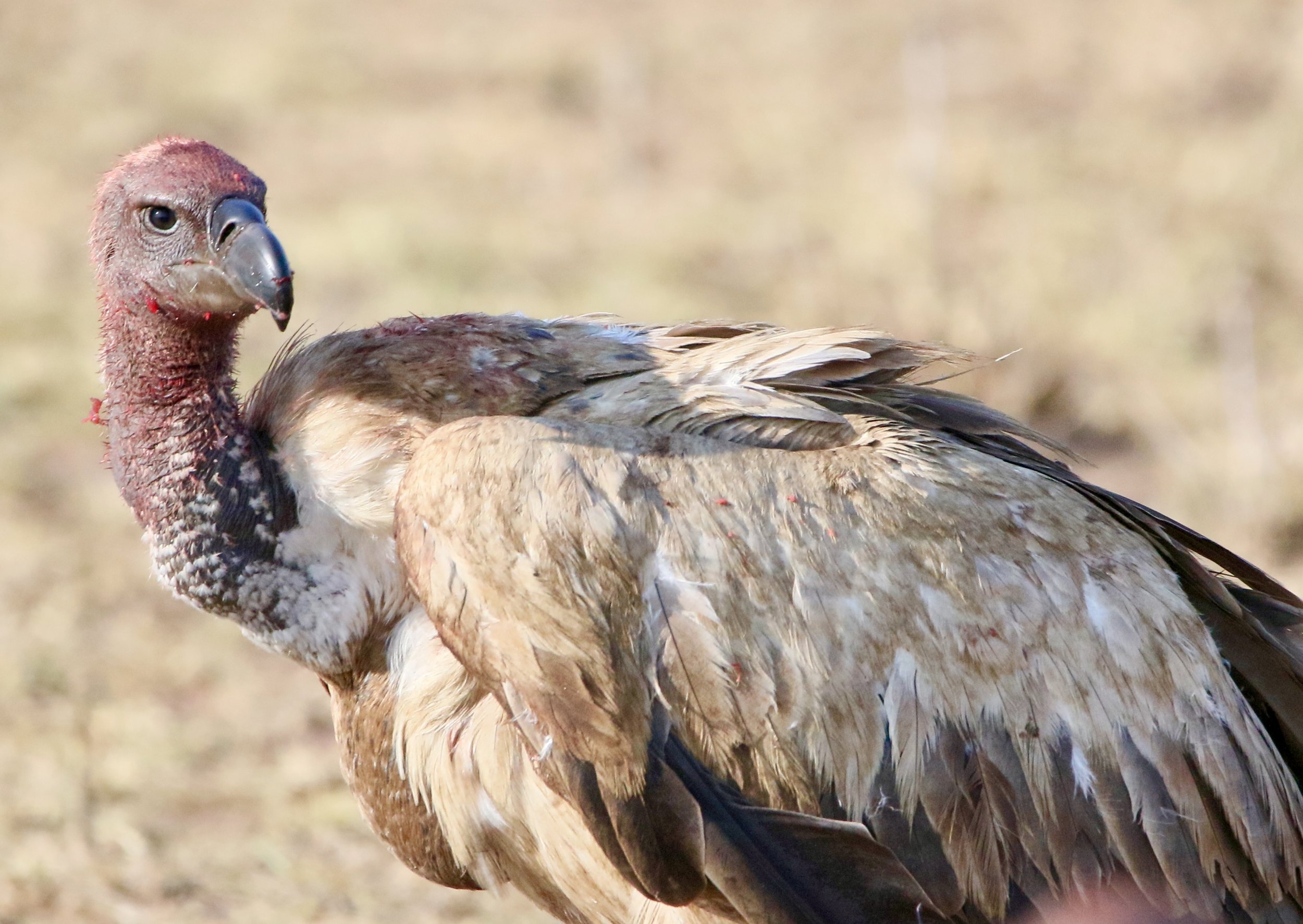
Hooded Vulture. Native to sub-Saharan Africa and are often found near human settlements, feeding on carrion and scraps. Sadly, they are listed as Critically Endangered due to habitat loss, poisoning, and hunting.

Hamerkop also known as the Hammerhead Stork.
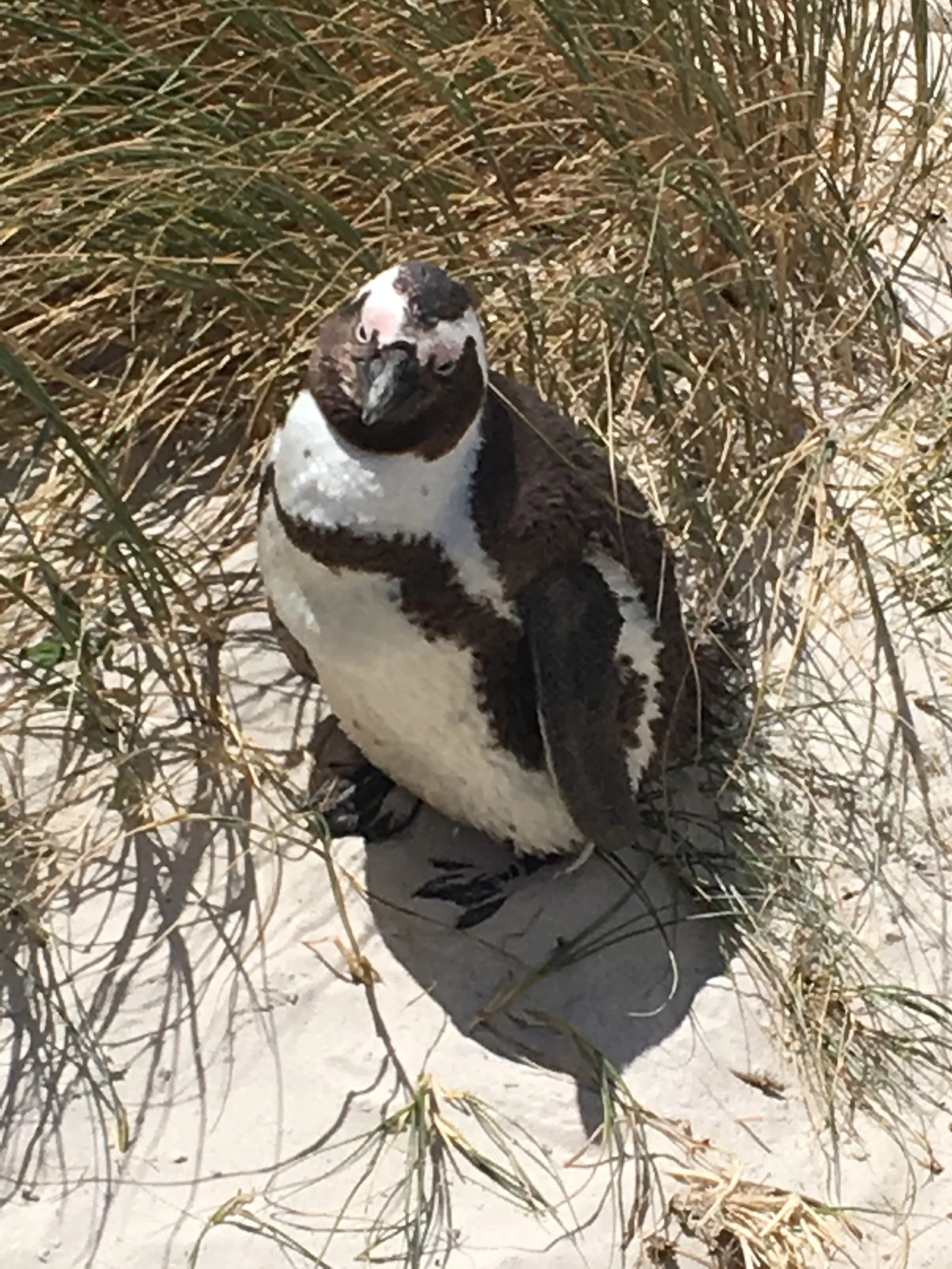
African Penguin. They're an endangered species due to habitat loss, overfishing, and climate change.

Crimson-breasted Shrike. Commonly found in dry savannahs, woodlands, and thornveld regions, especially in countries like Botswana, Namibia, Zimbabwe, and South Africa.

African Fish Eagle, one of the most iconic birds of prey in Africa.

White-backed Vulture. Listed as Critically Endangered due to poisoning, habitat loss, and reduced food availability. They play a crucial role in ecosystems by cleaning up carrion and helping prevent disease spread.

Burchell's Coucal, a member of the cuckoo family found in southern Africa.
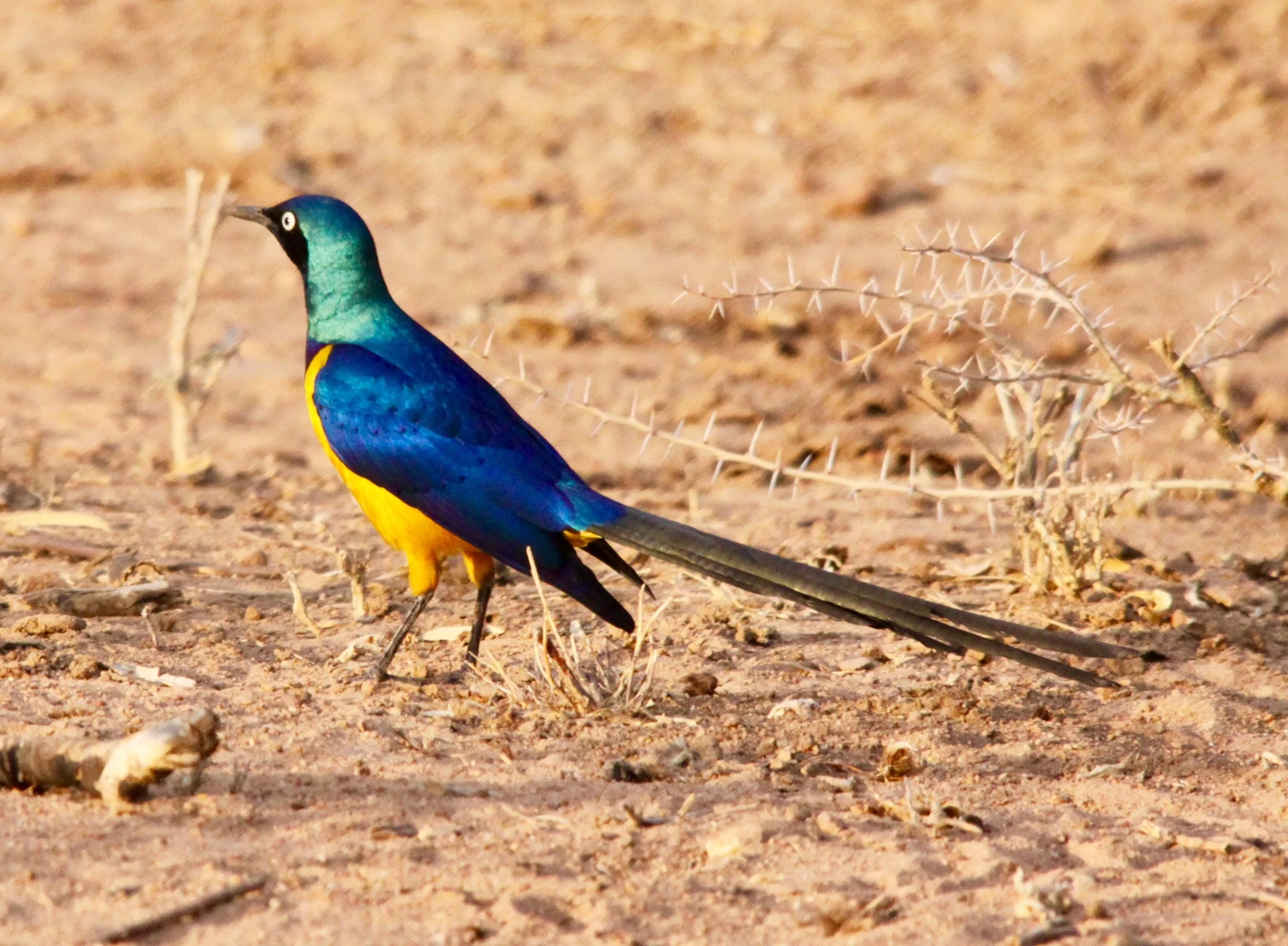
Golden-breasted Starling. Found in the dry savannahs and scrublands of East Africa, especially in Somalia, Ethiopia, Kenya, and northern Tanzania.
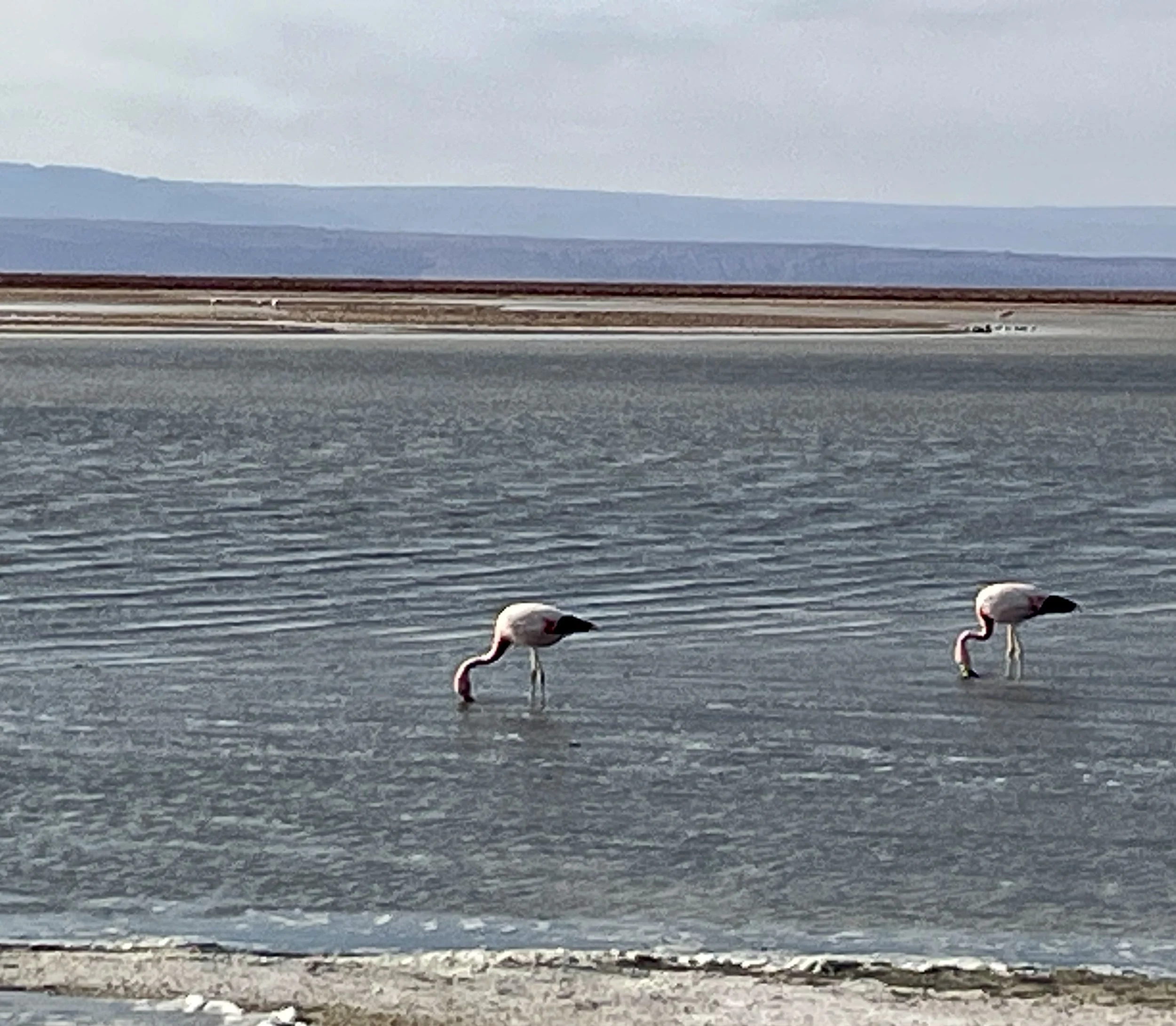
Andean Flamingos. These flamingos are among the rarest flamingo species and are specially adapted to the alkaline, mineral-rich lakes of the high Andes — a truly stunning and remote habitat.

Speckled Mousebird. Unlike most birds, Speckled Mousebirds can drop their body temperature at night to conserve energy—a behaviour called torpor. This helps them survive chilly African mornings, especially in arid or highland regions.

Southern Yellow-billed Hornbill. The female seals herself inside a tree cavity using mud and droppings, leaving just a narrow slit through which the male feeds her and the chicks until they’re ready to emerge.

Laughing Kookaburra, a well-known and beloved species native to eastern Australia.
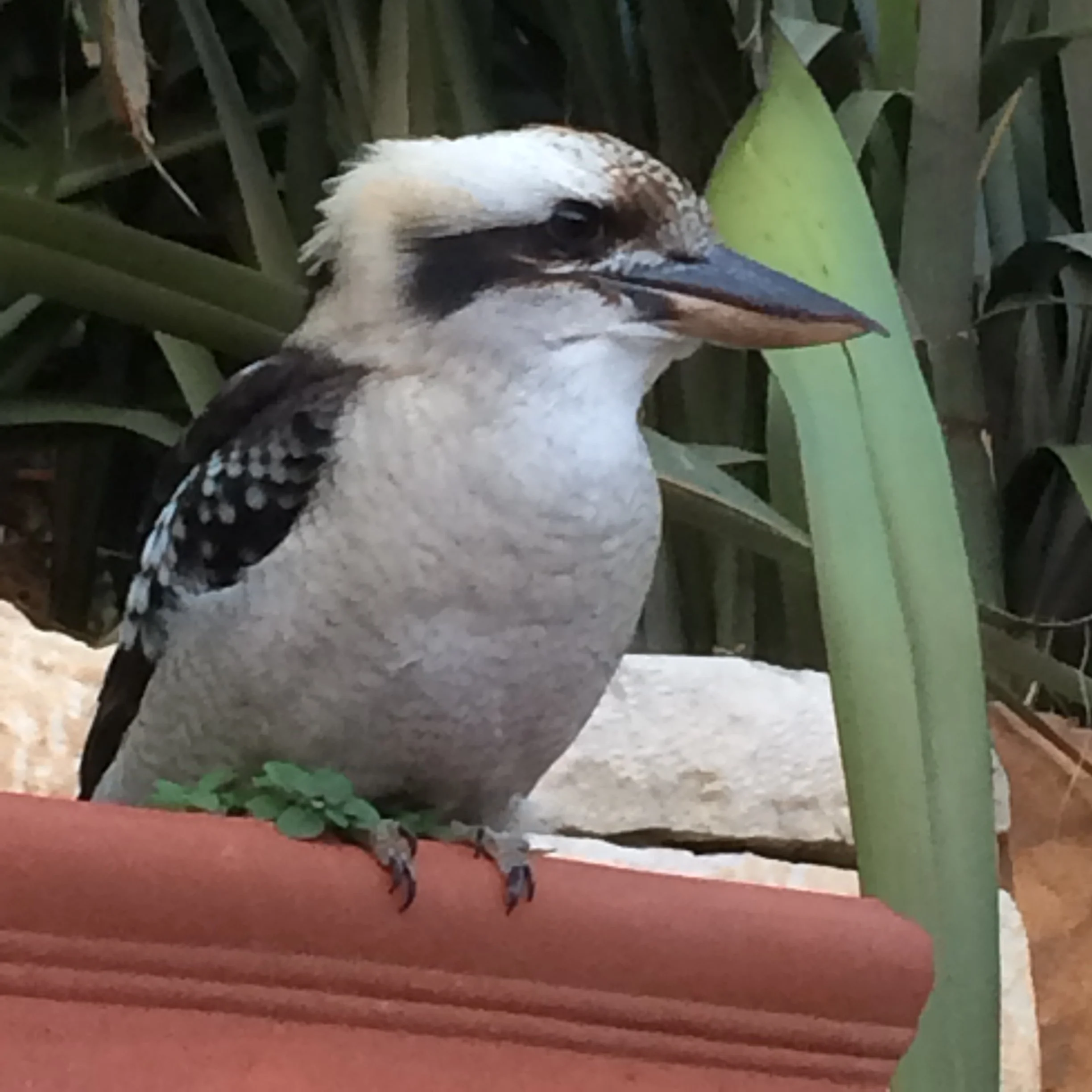
Laughing Kookaburra, Australia, famous for its loud, laughing call, which sounds like a chorus of wild laughter — often used in jungle movie soundtracks based in Africa.
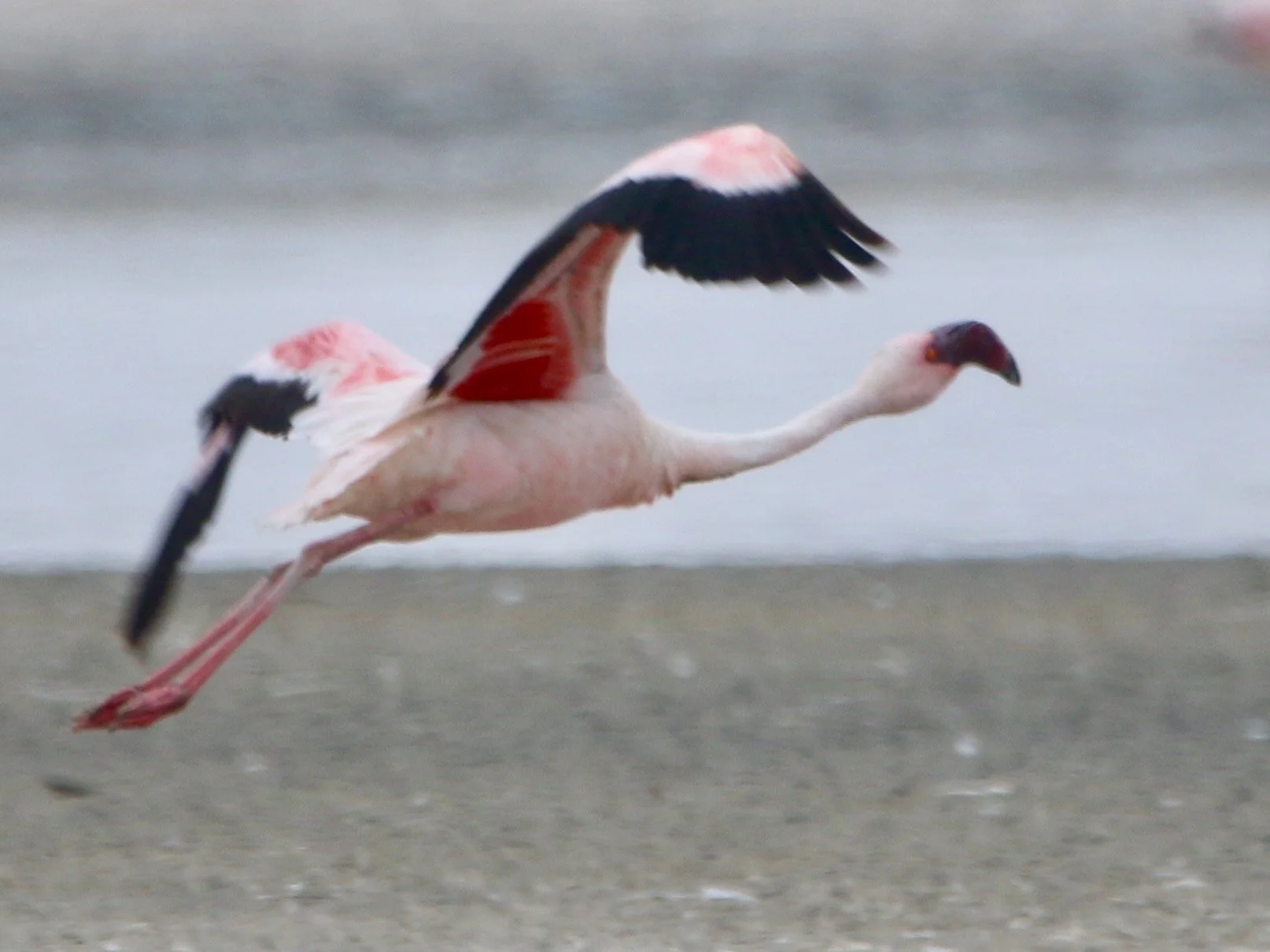
Andean Flamingo, Chile
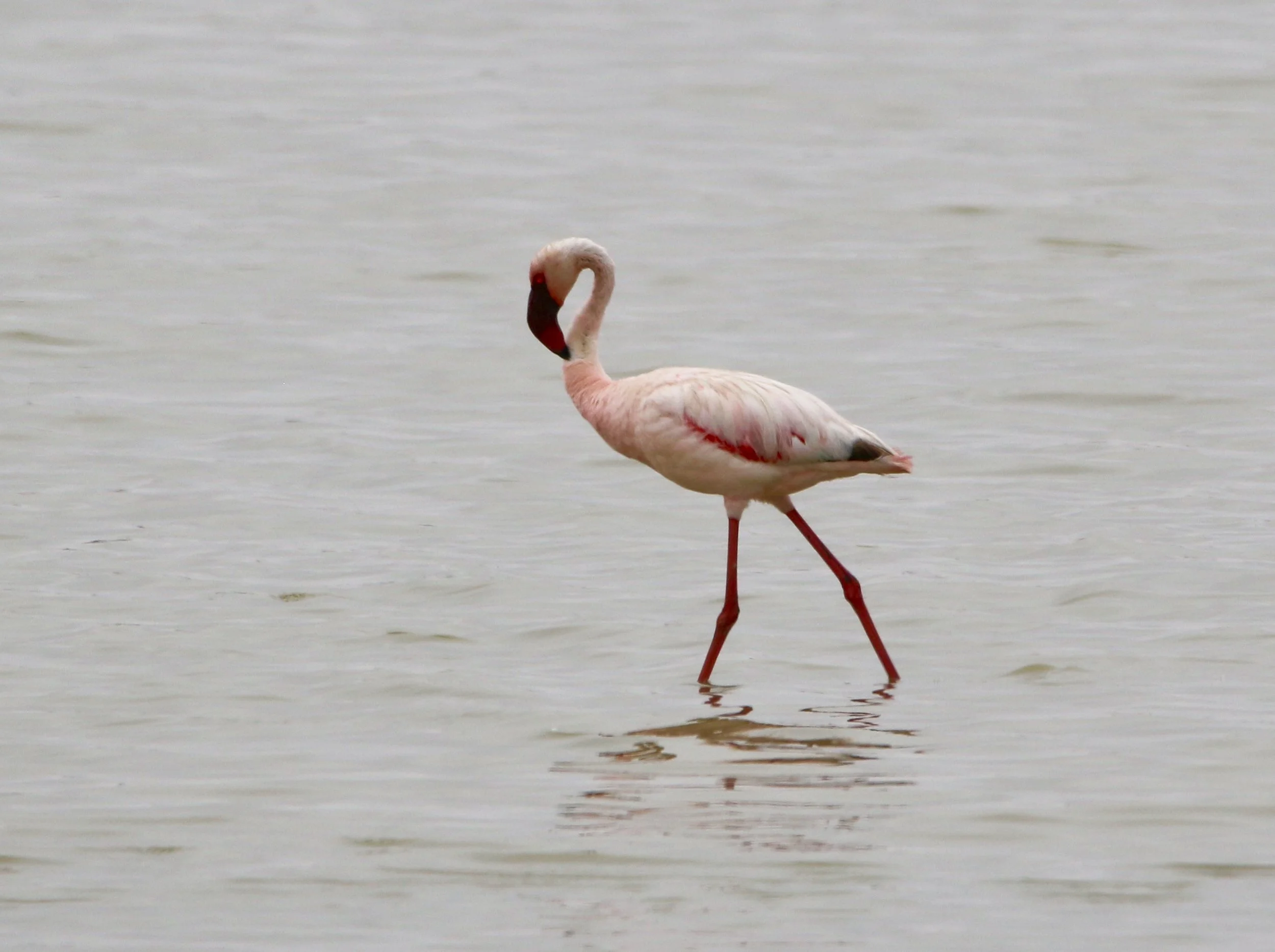
Andean Flamingo, Chile
